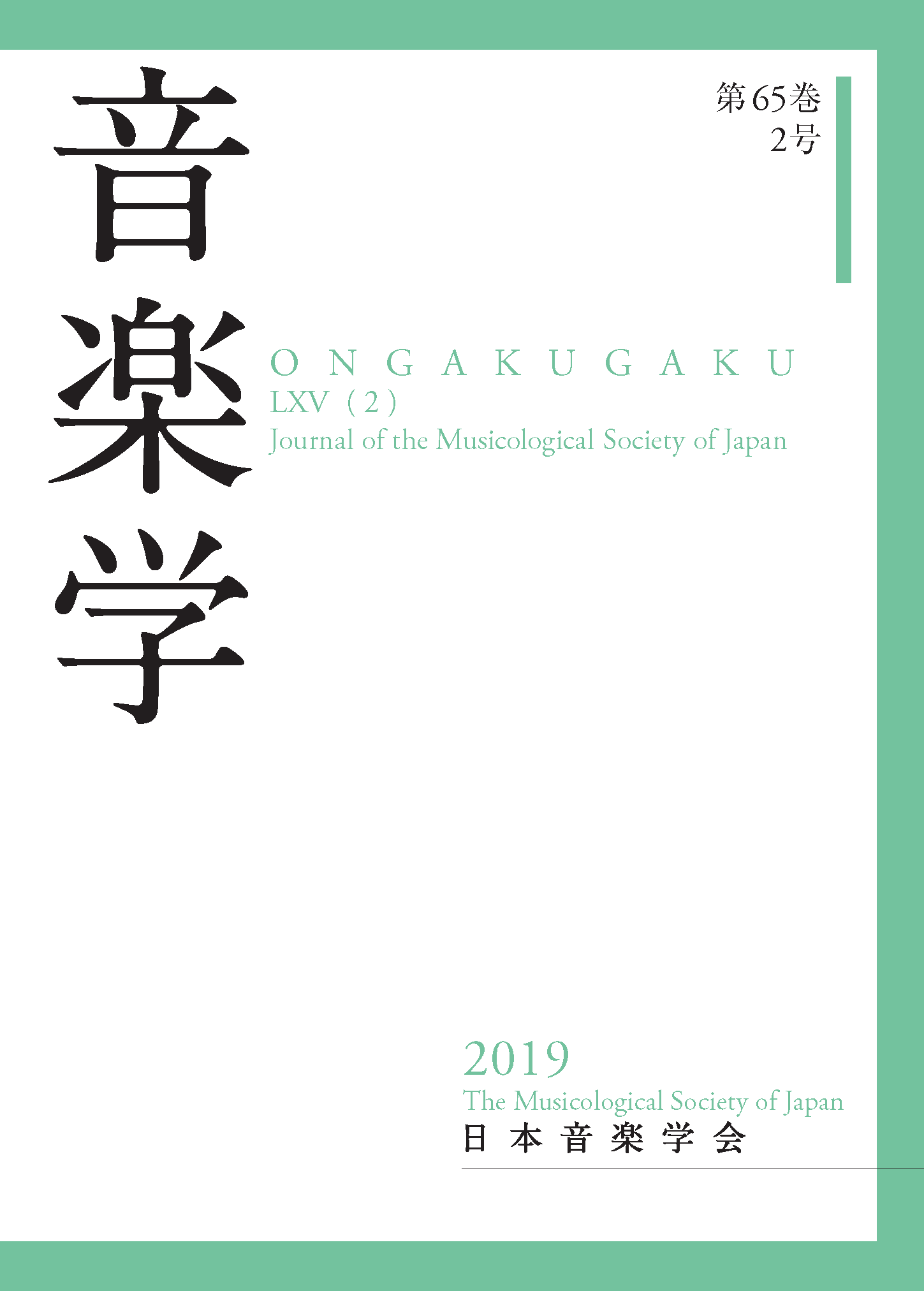Volume 65, Issue 2
Displaying 1-10 of 10 articles from this issue
- |<
- <
- 1
- >
- >|
-
2020 Volume 65 Issue 2 Pages 73-89
Published: 2020
Released on J-STAGE: March 15, 2021
Download PDF (1287K) -
2020 Volume 65 Issue 2 Pages 90-105
Published: 2020
Released on J-STAGE: March 15, 2021
Download PDF (1291K) -
2020 Volume 65 Issue 2 Pages 106-121
Published: 2020
Released on J-STAGE: March 15, 2021
Download PDF (1036K) -
2020 Volume 65 Issue 2 Pages 122-136
Published: 2020
Released on J-STAGE: March 15, 2021
Download PDF (2169K) -
2020 Volume 65 Issue 2 Pages 137-153
Published: 2020
Released on J-STAGE: March 15, 2021
Download PDF (1384K) -
2020 Volume 65 Issue 2 Pages 154-157
Published: 2020
Released on J-STAGE: March 15, 2021
Download PDF (1109K) -
2020 Volume 65 Issue 2 Pages 158-160
Published: 2020
Released on J-STAGE: March 15, 2021
Download PDF (1099K) -
2020 Volume 65 Issue 2 Pages 160-162
Published: 2020
Released on J-STAGE: March 15, 2021
Download PDF (1099K) -
2020 Volume 65 Issue 2 Pages 163-164
Published: 2020
Released on J-STAGE: March 15, 2021
Download PDF (1104K) -
2020 Volume 65 Issue 2 Pages 164-165
Published: 2020
Released on J-STAGE: March 15, 2021
Download PDF (1101K)
- |<
- <
- 1
- >
- >|
